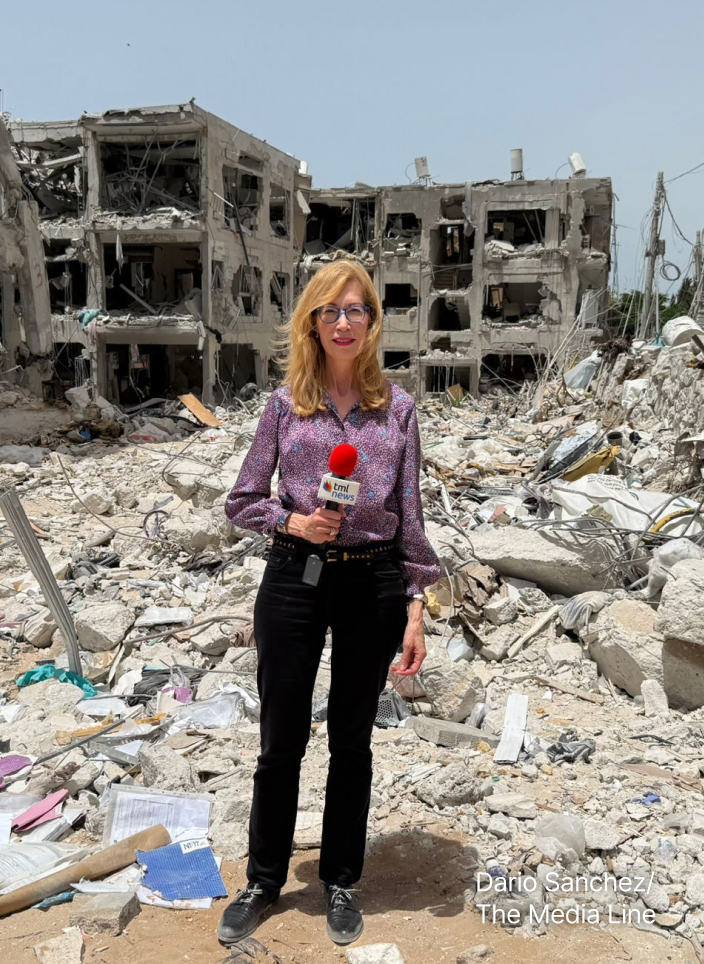An estimated 220 people were injured Saturday night in clashes between security forces and anti-government protesters in Lebanon, which has been rocked by monthslong demonstrations sparked by anger over political dysfunction and, to a lesser degree, Iranian interventionism in the country. Some of the fiercest clashes took place close to the parliament in the capital Beirut, where police used water cannons and fired tear gas in a bid to disperse demonstrators, some of whom hurled stones and firecrackers at authorities. Mass protests in Lebanon erupted in October – leading to the resignation of Prime Minister Saad Hariri and his cabinet – but had subsided after former education minister Hassan Diab was on December 19 tasked with forming a new governing coalition. However, the political gridlock has persisted with competing factions unable to agree on the composition of the next cabinet, prompting protesters last week to again take to the streets en masse. The demonstrators are demanding the creation of a nonsectarian, technocratic government that would first and foremost address Lebanon’s failing economy. Beirut’s current debt has reached $87 billion, or more than 150% of GDP.
Give the gift of hope
We practice what we preach:
accurate, fearless journalism. But we can't do it alone.
- On the ground in Gaza, Syria, Israel, Egypt, Pakistan, and more
- Our program trained more than 100 journalists
- Calling out fake news and reporting real facts
- On the ground in Gaza, Syria, Israel, Egypt, Pakistan, and more
- Our program trained more than 100 journalists
- Calling out fake news and reporting real facts
Join us.
Support The Media Line. Save democracy.

